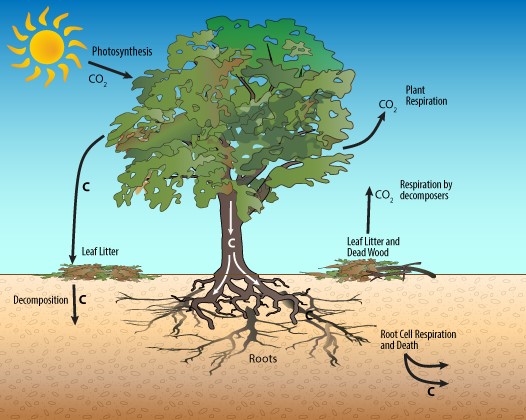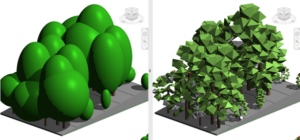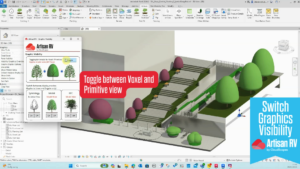The construction industry is responsible for around 50% of annual greenhouse emissions globally, meaning there is an increased need for building professionals to consider energy efficiency and incorporate collaborative design-build platforms that foster effective communication.
The main problem with the built environment is that only a few percent of companies and independent professionals are acting on carbon footprint reduction. Many are still holding on to outdated design-build methodologies and using obsolete and hazardous building materials. This can lead to sustained damage in the long-term and will, sooner or later, erode the efforts of the ones making a difference.
Net-zero energy buildings
The goal of energy efficiency standards is to reduce our collective carbon footprint and enhance people’s quality of life. This can be achieved by overriding the energy generated from grid-tied sources, with on-site (off-grid) energy generation via cleaner technologies.
While this can incur a higher up-front cost, the pace with which the construction industry has moved means that access to high-performance building materials and technologies has become more affordable. This means that any objections that might have arisen are being diffused by the broader availability throughout the global marketplace.
The number of not-for-profit and for-profit organisations has increased significantly in the last twenty years and concerns from governments and private corporations have significantly pushed the boundaries. While the devastation of natural resources and ecosystems is leading to a point of no return, there is still a lot of resistance to adopting cleaner manufacturing processes and healthier lifestyles.
What are the numbers saying about CO2 increase?
According to the architecture 2030 organisation, the following figures are indicating a potential global catastrophe if we don’t collectively take action to reverse the damage being done to our planet:
- Building operations are responsible for 27% of annual global C02 emissions, while building materials and construction (typically referred to as embodied carbon), are responsible for an additional 20% annually
- Approximately 2/3 of the global building area that exists today will still exist in 2040.
- To accommodate the largest wave of urban growth in human history, we expect to add 2.4 trillion ft2 (230 billion m2) of new floor area to global building stocks, the equivalent of adding an entire New York City to the world, every month, for 40 years.
The need for more leaders
It’s not a surprise to many that green buildings are becoming vital to the infrastructure landscape for regions around the world. Organisations such as the BRE Group in the UK, USGBC in the USA, GBCA in Australia and many others, have been leading the way in incorporating certification systems that provide clear goals for achieving sustainability and resilient buildings.
In terms of energy efficiency exclusively, Passivhaus in Germany has been the go-to for more than three decades and has opened new doors for the construction industry to access high-performance building components and materials.
Despite the efforts of Passivhaus, the world still needs more leaders. We need more people who are brave enough to challenge the status quo and strive to do things differently.
Leading the energy efficiency anticipation
The Passivhaus Institute has a well-known tool called the Passivhaus Planning Package (PHPP). This tool calculates the energy efficiency of a building project while allowing you to iterate with several design options for complete construction optimization.
CloudScapes continues to work closely with multidisciplinary design and construction firms around the world to better understand effective ways in which energy efficiency simulations can be integrated within landscape design tools such as ArtisanRV for Revit. This step will disrupt the paradigm of building information modelling among landscape professionals and open up new possibilities for landscape architects to explore more sustainable design methods.
Through ArtisanRV, CloudScapes are working to integrate embodied carbon features so that users can calculate the CO2 impact on any landscape element, while accessing detailed reports via data analytics platforms in order to better visualise more complex information.
Speak to our team to find out more about how our software can help you to create a more sustainable built environment. Call +44(0) 845 838 6320 or email [email protected].








